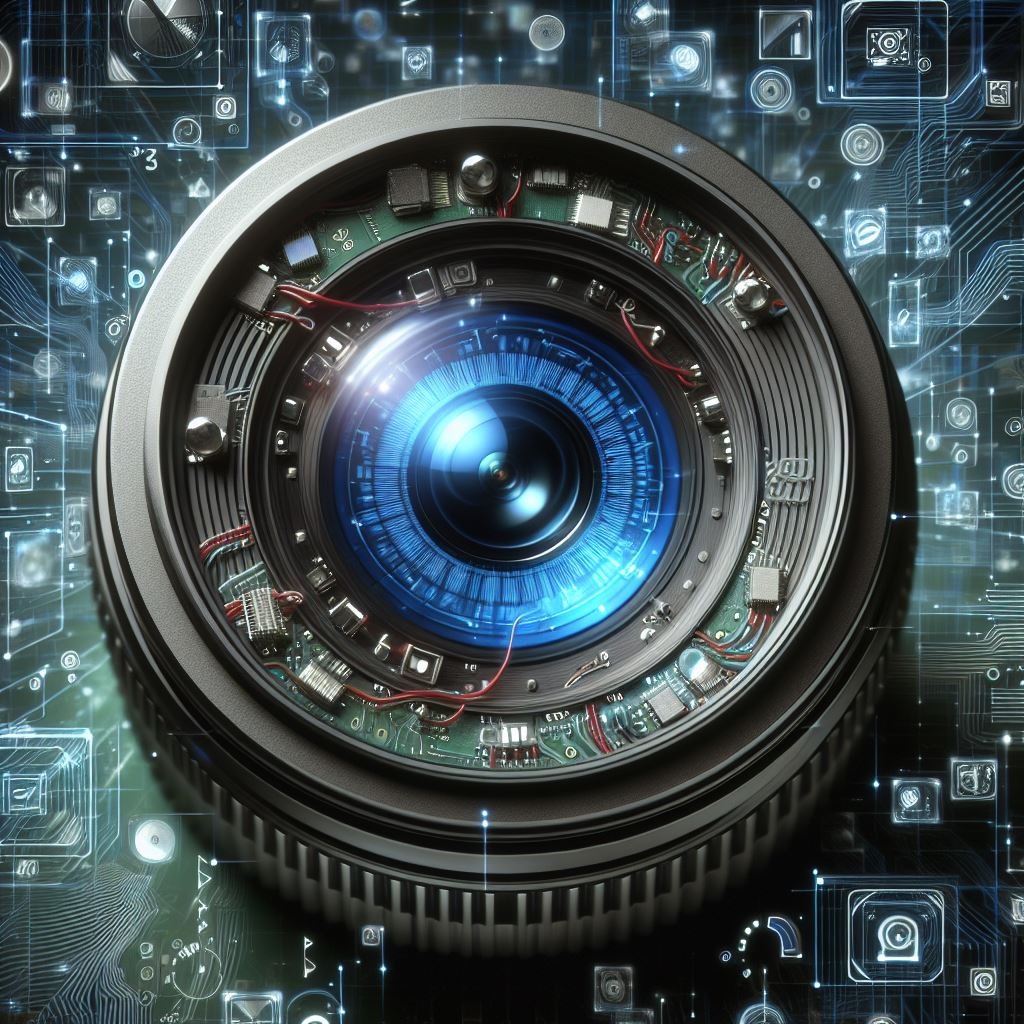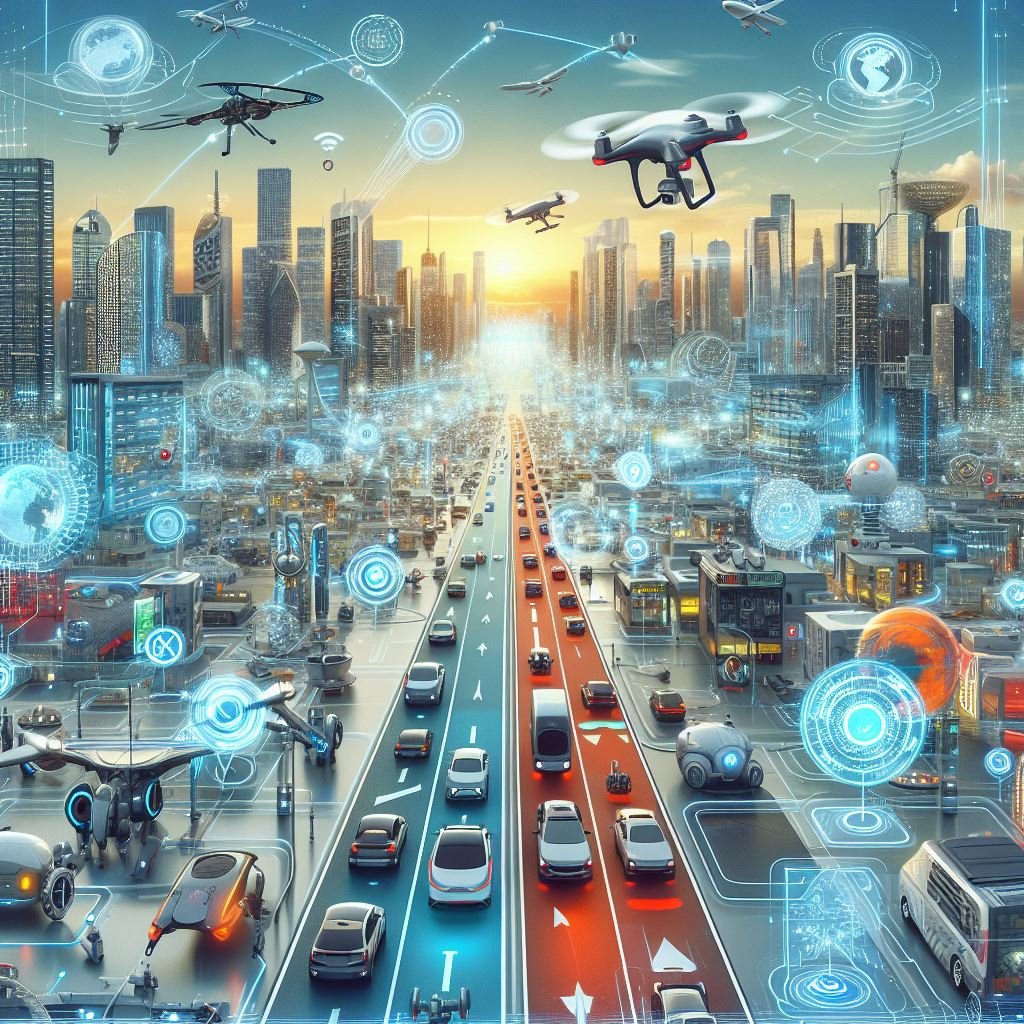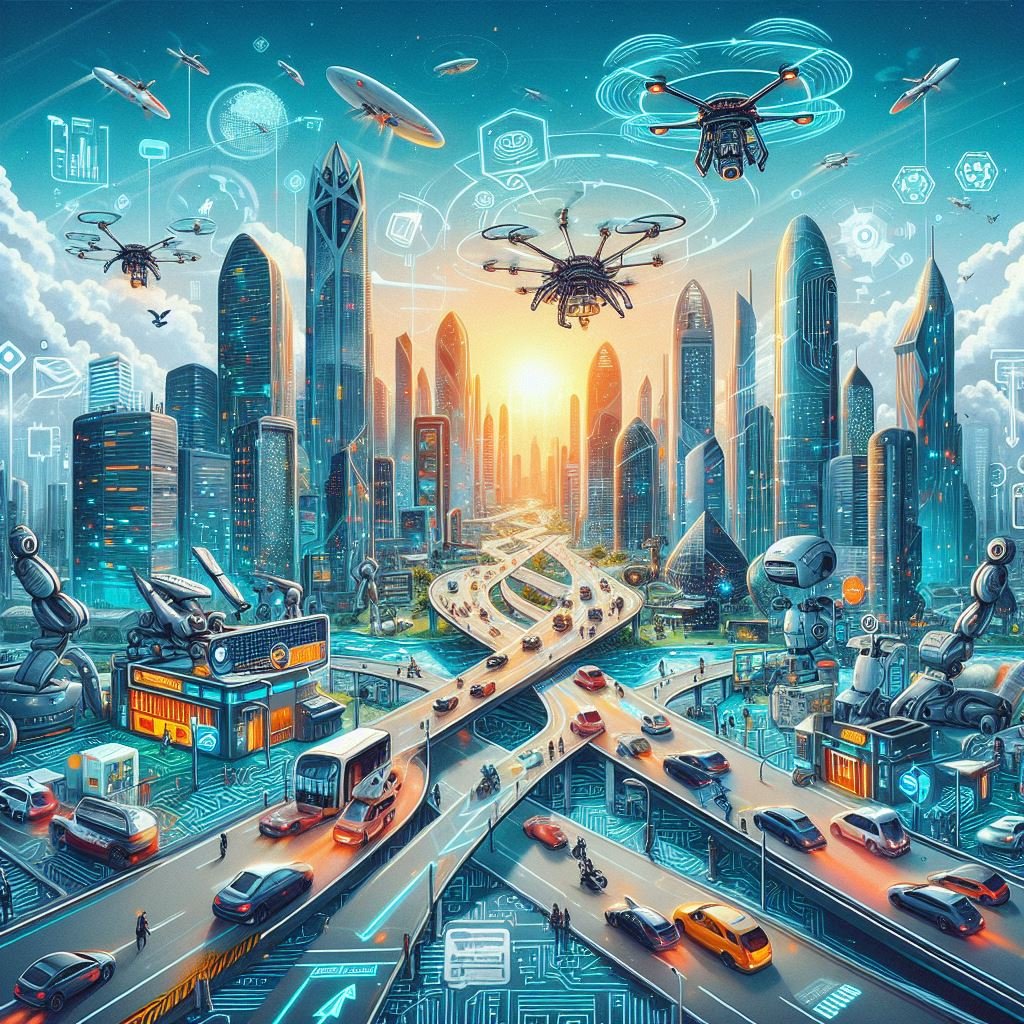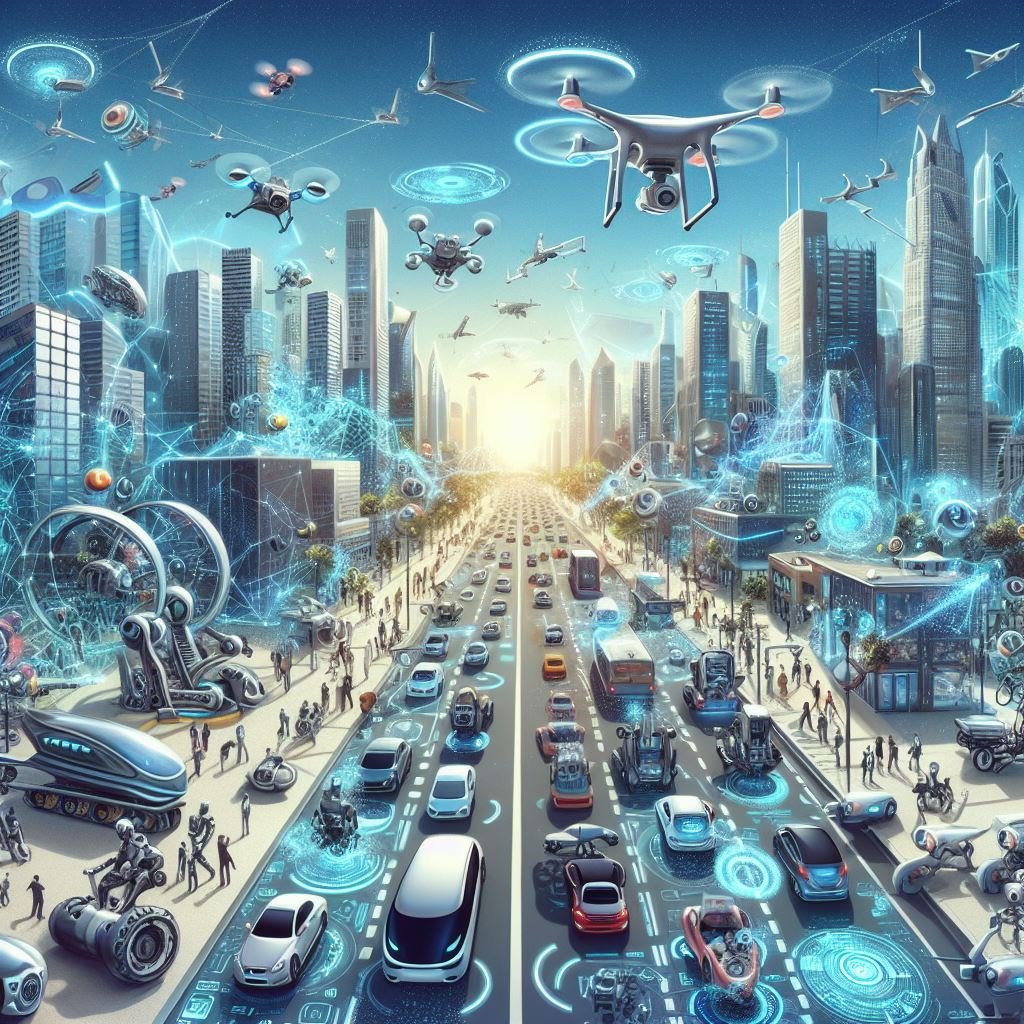Introduction
Computer Vision has emerged as a revolutionary force in the field of artificial intelligence (AI), enabling machines to interpret and analyze visual information. This article explores the multifaceted applications of Computer Vision and its pivotal role in shaping the future of technology.
Understanding Computer Vision
Computer Vision refers to the ability of machines to interpret and make decisions based on visual data. By leveraging advanced algorithms, it empowers AI systems to replicate human vision, unlocking a myriad of possibilities.
Key Components of Computer Vision
Delving into the intricacies, Computer Vision involves image processing, pattern recognition, and machine learning. These components synergize to enable machines to comprehend and respond to visual stimuli.
Applications in Healthcare
In the realm of healthcare, Computer Vision revolutionizes diagnostics, aiding in the early detection of diseases through medical imaging analysis. From identifying anomalies in X-rays to analyzing pathology slides, its impact is profound.
Enhancing Autonomous Vehicles
The automotive industry is witnessing a paradigm shift with the integration of Computer Vision in autonomous vehicles. It enables real-time recognition of obstacles, pedestrians, and traffic signs, ensuring safe navigation.
Surveillance and Security
Computer Vision plays a pivotal role in bolstering surveillance and security systems. Facial recognition, object tracking, and anomaly detection contribute to creating robust security measures in public spaces and private facilities.
Retail and Customer Experience
In the retail landscape, Computer Visions transforms the customer experience. From cashier-less checkout systems to personalized shopping recommendations based on facial recognition, it’s reshaping the way we shop.
Environmental Monitoring
Computer Visions extends its reach to environmental monitoring, aiding in wildlife conservation and climate studies. Drones equipped with Computer Visions can survey vast areas, collecting data for research and conservation efforts.
Educational Tools and Accessibility
In the education sector, Computer Visions enhances accessibility. It enables tools that assist students with visual impairments, making educational content more inclusive and interactive.
Industrial Automation
Within the realm of industrial automation, Computer Visions optimizes manufacturing processes. From quality control in production lines to robotic assembly, it enhances efficiency and accuracy.
Future Prospects and Challenges
Exploring the future of Computer Visions, this section delves into upcoming trends, challenges, and the evolving landscape. From the integration of deep learning to addressing ethical considerations, the journey forward is dynamic.
Uses of AI
| Application | Description |
|---|---|
| Healthcare | Medical diagnostics, drug discovery, and imaging |
| Finance | Fraud detection and risk management |
| Customer Service | Chatbots and virtual assistants |
| E-commerce | Personalized recommendations and fraud prevention |
| Manufacturing | Quality control and process optimization |
| Education | Adaptive learning and student support |
| Entertainment | Content recommendation and gaming AI |
| Agriculture | Precision farming and crop monitoring |
| Cybersecurity | Threat detection and anomaly analysis |
| Language Translation | Natural language processing for translation |
Conclusion
In conclusion, Computer Vision stands as a transformative force, empowering machines to interpret and understand visual data. Its applications across diverse industries signal a future where technology seamlessly integrates with the visual world, fostering innovation, efficiency, and new possibilities.





